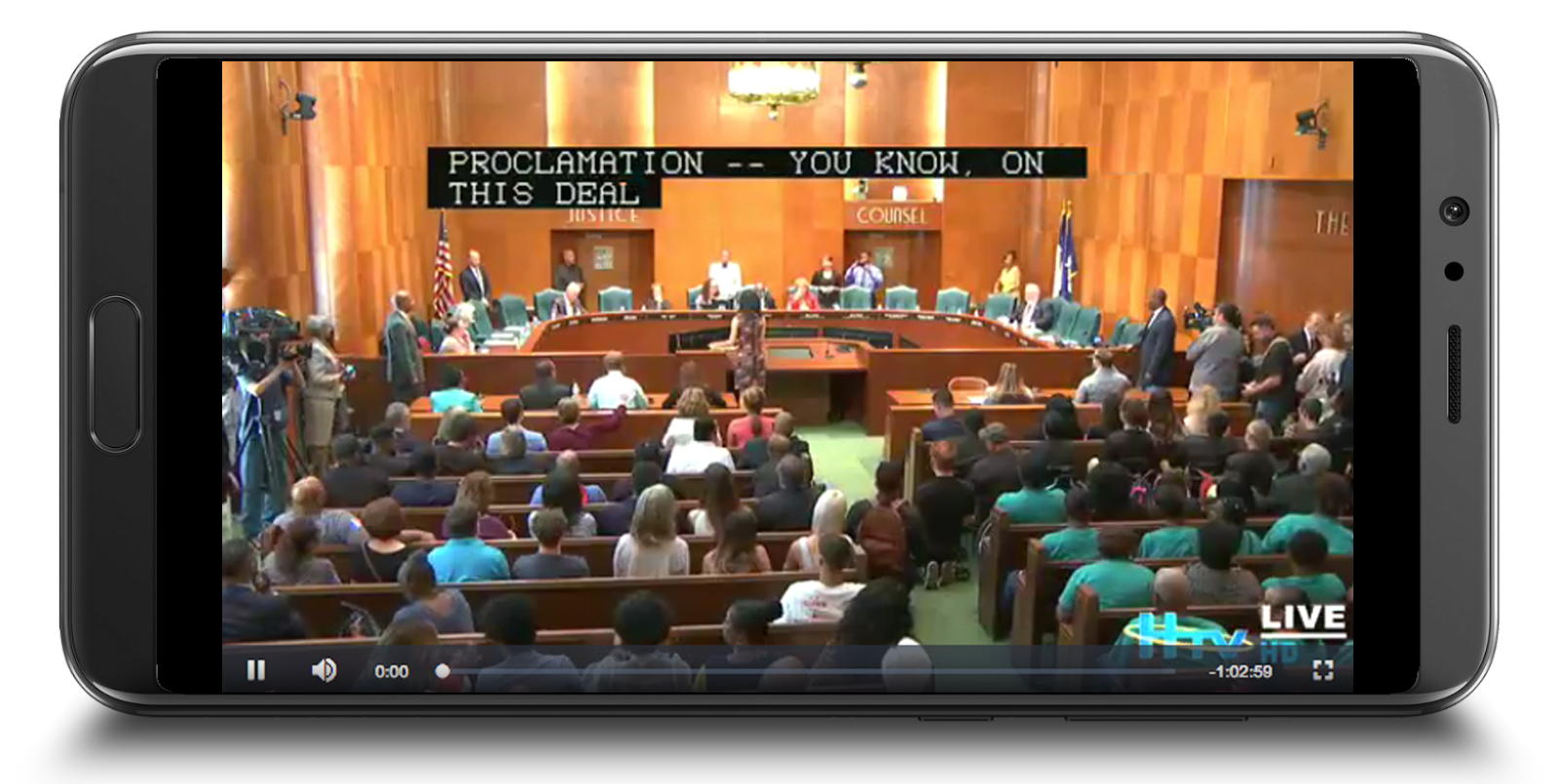Closed captioning may be a tool your local government hasn't used yet, but there are residents in your community that may depend on it. Viewers actually prefer consuming videos with captions, so one could assume the same would be true for local government meeting videos too. We have familiarity with seeing captions on the video bar of our screen, but do we know the role they play and how important they are?
We're going to uncover some of the crucial reasons your peers are using closed captions on their video/live stream meetings, starting with a reason that every local government official should think about:
Reason #1: IMPROVED ACCESSIBILITY
Captioning improves the accessibility of public information for viewers and provides a more inclusive experience. During a typical government event or meeting, most information is verbal. However, that doesn’t necessarily mean everyone in the audience can understand what’s being said. For on-site and remote viewers, overlaid closed captioning text adds accessibility to deaf or hard-of-hearing residents, especially in instances where lip-reading is difficult.

Reason #2: REACH A BROADER AUDIENCE
Captioning can also help expand your audience, by overcoming language barriers for some residents. Many people in the U.S. speak multiple languages, and so information needs to be presented in multiple languages too. By providing closed captions in different languages, you are allowing more entryways for engagement and positive sentiments from residents.

Reason #3: VIEWERS CAN WATCH ANYWHERE
Captioning is especially useful for viewers when the sound of the video has to be muted. For example, there are many times residents are watching videos in shared settings like the office, waiting rooms, libraries, public transportation, etc. With closed captioning enabled, viewers can watch live-streamed meetings and events without disrupting their surroundings. Closed captioning can also help for video viewing in large audiences, or for conference presentations where background noise may be a factor.
.png?width=510&name=Blog%20Data%20Graphic%20(35).png)
Reason #4: COMPLIANCE
Captioning requirements are part of the Section 508 updates to the Rehabilitation Act. On January 18, 2018, Section 508 of the Rehabilitation Act of 1973 was revised, requiring federal agencies, contractors, and employers to provide captioning on accessible video and multimedia productions. Many non-federal websites must be accessible under other laws, such as Section 504 of the Rehabilitation Act, or state or local laws. If an organization receives federal funding or assistance, its website and content – including video – are required to be accessible.
.png?width=535&name=Blog%20Data%20Graphic%20(36).png)
Reason #5: AVOID LAWSUITS
We mentioned how captioning helps with compliance, but it also helps avoid website accessibility lawsuits. Federally funded agencies could face litigation without providing captioning for their viewers. There have been instances where The National Association of the Deaf (NAD) filed class action lawsuits against educational institutions like Harvard and MIT, for failing to provide captions to online content presented to the public. It’s better to be at the forefront of this potential issue and be prepared to offer closed captioning rather than deal with a costly lawsuit.

The Bottom Line
Captioning is required by law for federally funded agencies, and it’s not for no reason. By adding captions to their streaming and broadcast video, agencies can improve accessibility for their residents, reach a broader audience, allow viewers to watch anywhere, increase compliance with their content, and avoid costly lawsuits.
Interested in learning more? Swagit can help you meet your accessibility needs with closed captioning for streaming and broadcast events.

